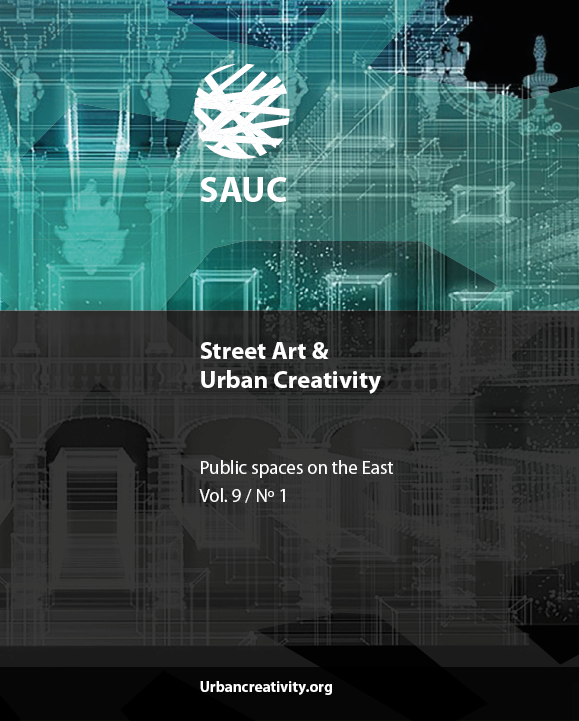Strategies of Urban Spaces Developments Approaching Urban Events in Iranian Cities
DOI:
https://doi.org/10.25765/sauc.v9i1.634Palabras clave:
City, Artwork, Urban Design, Urban Events, Iranian Cities.Resumen
The city is a complex and integrated reality of all social, cultural, economic, environmental, physical and other environmental factors. Designing a city that takes into account the qualitative criteria of these factors can be a creative work and creative urban spaces and the city as a work of art. In the city as an artistic phenomenon, beauty is a key feature of the city and its components. Features such as order, harmony, cohesion and consistency in the city can also be seen as works of art. Therefore, the purpose of this paper is to explain the approach of the city as a creative work of art and design as a strategy for achieving it through exploratory research and interdisciplinary research and documentary research methods and library studies. Be. The results of this research indicate that the use of urban design art is one of the most important factors in attracting tourists, investors and economic and tourism boom. Creativity in the design of public spaces, buildings and social centers can be done in a contemporary, traditional context. Public spaces, squares and streets, urban and neighborhood entrances, public places, cultural, social, pilgrimage, recreational, sports, and economic hubs in Iranian cities are among the most important areas of applying creativity to create artwork. Applying creative power and expanding it in various fields will bring to light interesting and unique phenomena in different areas and areas and will create a beautiful and artistic city. Iranian cities have many beautiful urban spaces, squares, garden alleys, museums, mosques that act as urban place brands for citizens and tourists.
Descargas
Estadísticas globales ℹ️
|
141
Visualizaciones
|
41
Descargas
|
|
182
Total
|
|
Descargas
Publicado
Cómo citar
Número
Sección
Licencia
Los autores/as que publiquen en esta revista aceptan las siguientes condiciones:
- Los autores/as conservan los derechos de autor.
- Los autores/as ceden a la revista el derecho de la primera publicación. La revista también posee los derechos de edición.
- Todos los contenidos publicados se regulan mediante una Licencia Atribución/Reconocimiento-SinDerivados 4.0 Internacional. Acceda a la versión informativa y texto legal de la licencia. En virtud de ello, se permite a terceros utilizar lo publicado siempre que mencionen la autoría del trabajo y a la primera publicación en esta revista. Si transforma el material, no podrá distribuir el trabajo modificado.
- Los autores/as pueden realizar otros acuerdos contractuales independientes y adicionales para la distribución no exclusiva de la versión del artículo publicado en esta revista (p. ej., incluirlo en un repositorio institucional o publicarlo en un libro) siempre que indiquen claramente que el trabajo se publicó por primera vez en esta revista.
- Se permite y recomienda a los autores/as a publicar su trabajo en Internet (por ejemplo en páginas institucionales o personales), una vez publicado en la revista y citando a la misma ya que puede conducir a intercambios productivos y a una mayor y más rápida difusión del trabajo publicado (vea The Effect of Open Access).













